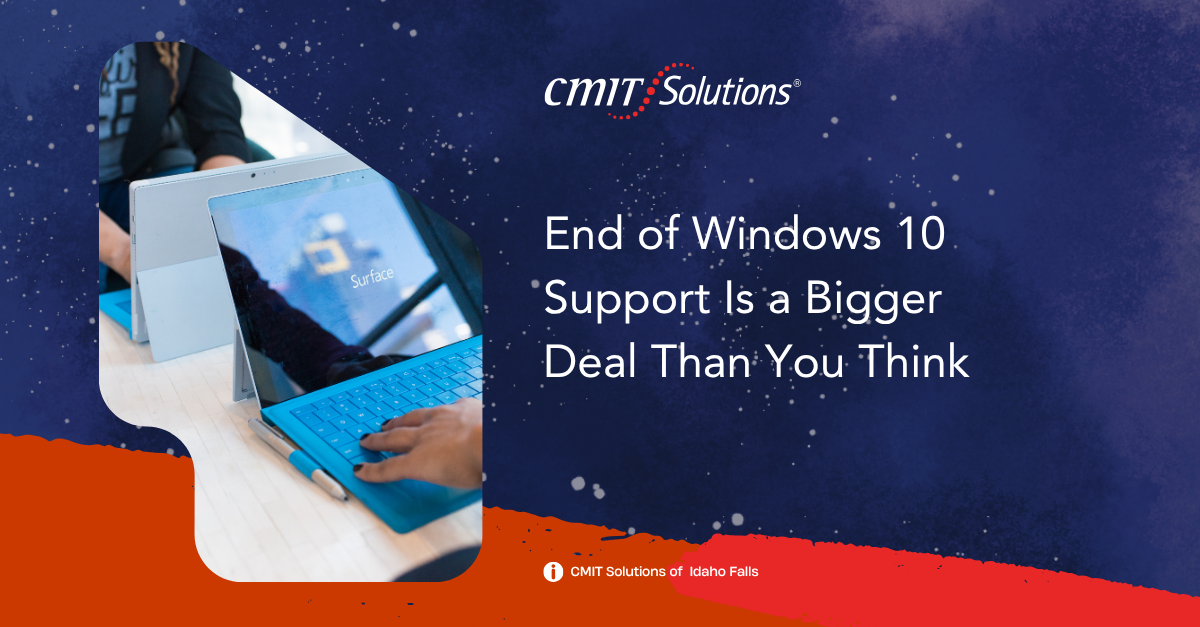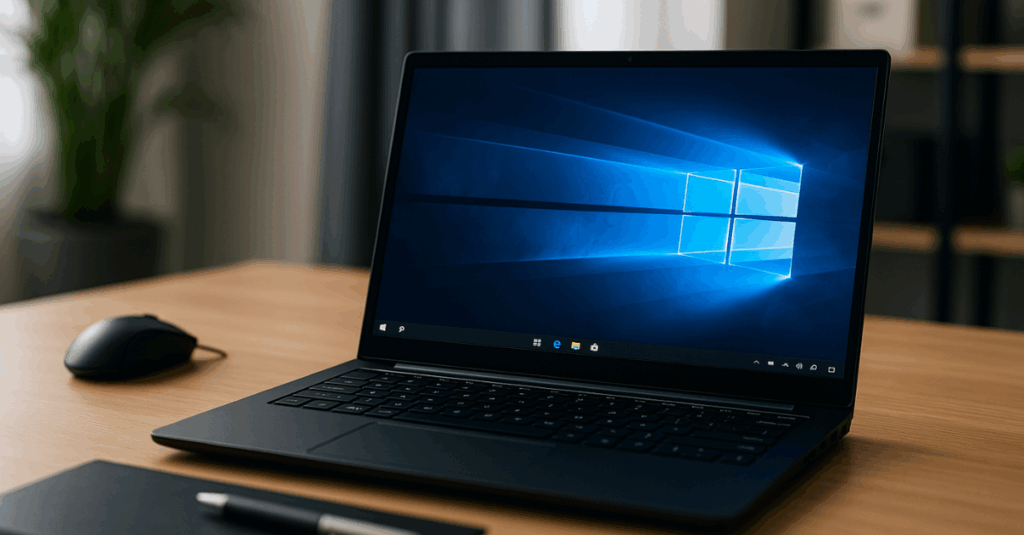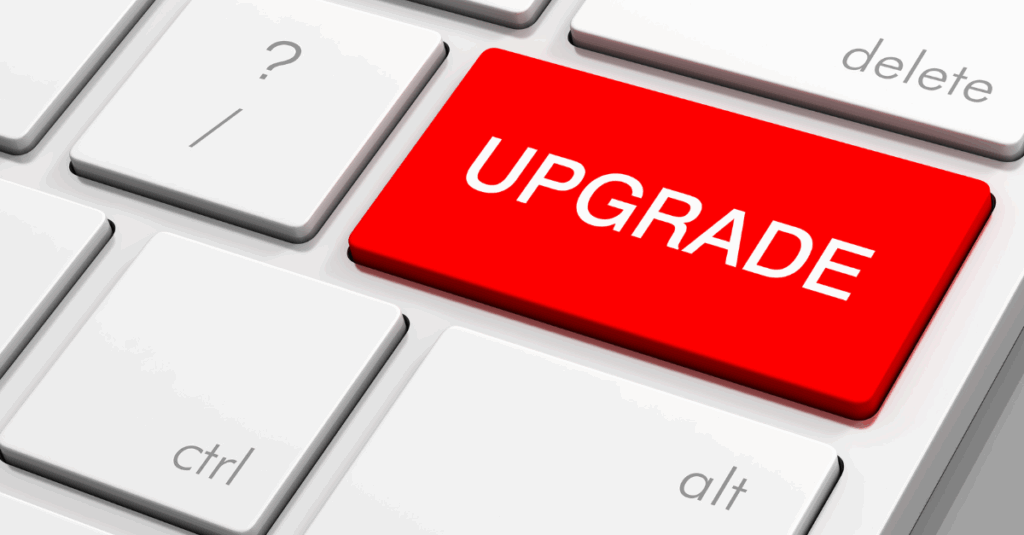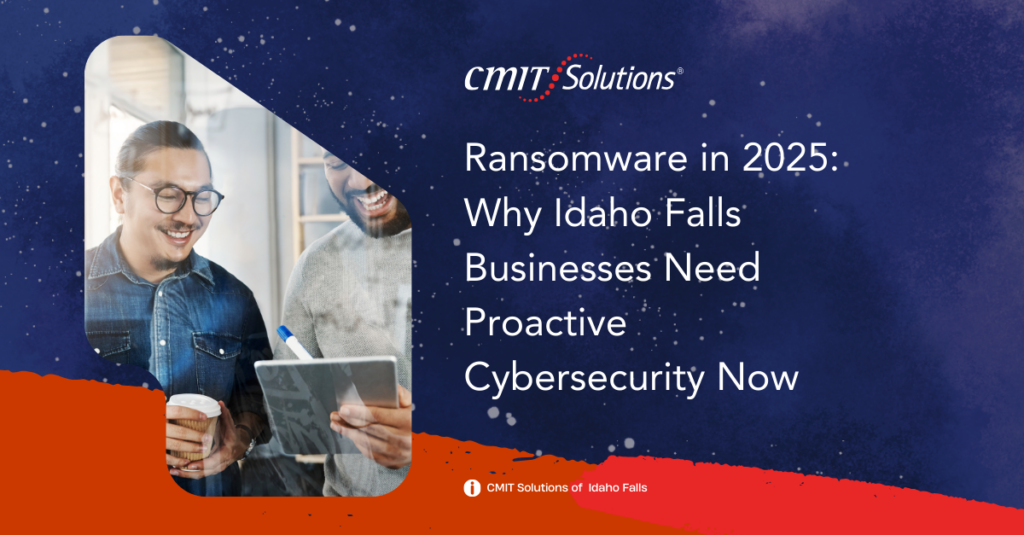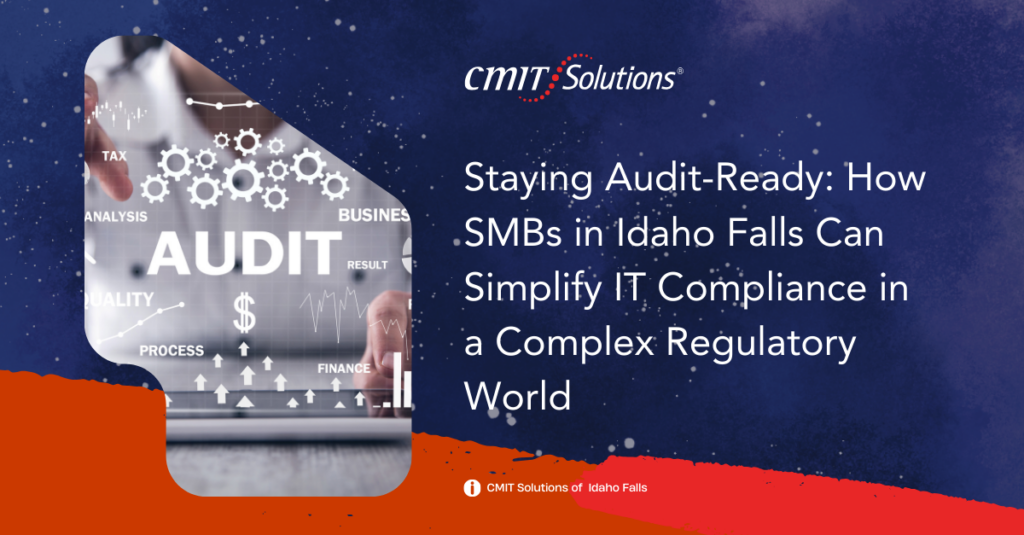The October 14, 2025, end-of-life (EOL) deadline for Windows 10 might seem far off—but for small and midsized businesses, it’s a critical milestone that can’t be ignored. Without action, the consequences range from cybersecurity vulnerabilities to compliance failures, operational disruptions, and even data loss.
Below, we explore what’s really at stake, what business owners must do, and why preparing now is the smartest move for 2025 and beyond.
The Update You Shouldn’t Ignore
Microsoft has officially announced that support for Windows 10 will end on October 14, 2025. This means:
- No more security patches or bug fixes
- No technical support from Microsoft
- No updates for features or performance
For any business still relying on Windows 10 devices, this marks a clear end of security and software life. As we’ve seen with vulnerabilities like CVE-2025-29813, unpatched systems quickly become prime targets for attackers.
What You Need to Do Now
This is the moment to act. Business leaders should start by auditing all devices to determine which ones are running Windows 10. Not all machines are eligible for a Windows 11 upgrade due to hardware limitations like missing TPM chips or unsupported processors. You may need to refresh or replace aging devices.
A proper transition also means reconfiguring backup systems. Cyber resilience starts with backup, and migrating to a new OS without a solid backup plan can put your data at risk.
To stay protected, businesses should:
- Audit all current devices running Windows 10
- Evaluate hardware compatibility with Windows 11
- Migrate systems and applications with a tested upgrade plan
- Backup data before and after transition
- Work with IT professionals to configure settings, security, and licensing
Your cloud strategy may also need review. Companies embracing Windows 11 must ensure they have a cloud-ready infrastructure to support new features and security frameworks.
What Happens If You Ignore It?
Running outdated, unsupported systems opens your business to:
- Cybersecurity attacks that exploit unpatched vulnerabilities
- Compliance violations due to insecure operating environments
- Application conflicts with newer software versions
- Vendor rejections for services no longer supported on older systems
- Expensive downtime if systems break and can’t be restored
The risks aren’t hypothetical. In fact, companies that ignored past Microsoft EOL events often became victims of ransomware attacks that exploited outdated platforms.
Upgrading Is More Than a One-Time Task
The shift to Windows 11 isn’t just a download—it’s a transition that impacts how your IT environment operates. That’s why now is the time to:
- Review network infrastructure for compatibility
- Update remote access settings to support hybrid users
- Ensure third-party software integration
- Build a backup strategy for business continuity
If you’re still using break-fix IT models, the upgrade process can expose gaps in preparedness. Switching to managed IT support ensures you’re not caught off guard when updates require hands-on intervention.
Compliance Can’t Wait Until 2025
Failing to upgrade could break your compliance posture. Whether your business is governed by HIPAA, PCI-DSS, or local data protection laws, unsupported operating systems are considered a major liability.
With increasing scrutiny around digital governance, SMBs need help staying audit-ready. Compliance is not just about avoiding fines—it’s about building trust and maintaining your professional reputation.
- HIPAA compliance
- PCI-DSS requirements
- State data protection laws
- Cyber liability insurance standards
Productivity Meets Protection with Windows 11
Microsoft 11 offers more than just security—it improves how your teams work. Faster performance, built-in Microsoft Teams, better multi-device support, and deeper AI integrations are just some of the enhancements.
When paired with modern productivity apps, Windows 11 enables a more collaborative and secure digital workplace. It’s not just about defense—it’s about moving forward.
- Enhanced security features, like TPM-based protection
- Native support for hybrid work, including built-in Teams integration
- Greater efficiency and speed with modern UI and performance improvements
- AI-driven productivity tools and automation
Don’t Let Hardware Hold You Back
Many older systems won’t meet Windows 11 requirements, which include TPM 2.0, UEFI boot, and modern CPUs. Rather than wait for performance failures, now is the time to assess your devices and plan for a hardware refresh.
By planning ahead, you can:
- Ensure cost-effective replacement cycles
- Improve system performance
- Reduce risk of data loss
- Support newer apps and services
Final Thoughts: Futureproof Your Business Now
October 2025 may seem far off—but the shift away from Windows 10 will be significant. Forward-thinking SMBs are already working with IT partners to plan their upgrades, train teams, and reduce downtime.
Your operating system is the foundation of your business technology. Don’t build on a crumbling structure.
Let’s work together to evaluate your systems, ensure compliance, and position your business for secure, seamless growth in the Windows 11 era.
Want support for a smooth transition? Explore our strategic IT guidance to futureproof your company.

